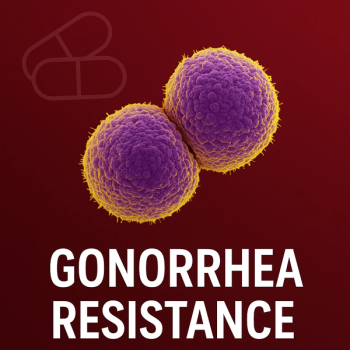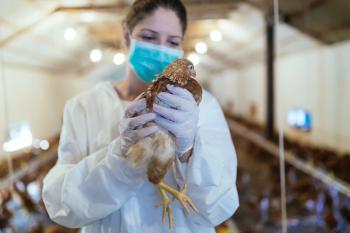
Health Officials Detail Response of Drug Resistant Salmonella Outbreak
Prior to 2017, Salmonella isolates with resistance to azithromycin had occurred in fewer than 0.5% of isolates from ill Americans.
Antibiotic resistance continues to remain a
Prior to 2017, Salmonella isolates with resistance to azithromycin occurred in fewer than 0.5% of isolates from ill Americans. But in September 2018, the CDC identified an ongoing outbreak of multidrug-resistant Salmonella enterica serotype Newport.
Health officials later reported that between June 2018 and March 2019, 255 cases linked to this outbreak were confirmed across 32 states. Overall 29% of patients for whom information was available were hospitalized, 6% were admitted to an intensive care unit, 4% had Salmonella bacteremia, and 2 individuals died from the illness.
As part of the outbreak investigation, public health officials conducted interviews about consumptions and exposures with the ill individuals. Isolates from the ill were also tested through whole genome sequencing.
Through interviews, the investigators learned that 43% of the affected individuals reported recent travel to Mexico. Of those individuals who traveled to Mexico, 87% reported consumption of beef and 63% reported eating soft cheeses. Among individuals who did not travel to Mexico, 29% reported eating soft cheeses and 93% reported eating beef.
The outbreak strain was detected in a steer collected at a slaughtering and processing plant in September 2018 and in a mixture of soft cheeses purchased in Mexico in October 2018. The authors of the report note that isolates “were classified as the outbreak strain if they fell within the MDR clade (0—11 alleles by core genome multilocus sequence typing [cgMLST]).”
According to the authors of the report, the outbreak strain seems to have emerged recently because Salmonella Newport with decreased susceptibility to azithromycin and nonsusceptibility to ciprofloxacin was not detected in any isolates in the National Antimicrobial Resistance Monitoring System prior to 2016.
During 2016—2017, 2 smaller multistate clusters of MDR Newport infections with decreased susceptibility to azithromycin were investigated in the United States. These outbreaks featured alleles that were within 11 alleles of the current outbreak isolates.
The investigators assert that the presence of resistance genes on a plasmid is of great concern because of the potential for spread to other bacteria.
No source of infection has been definitively identified in this outbreak but, as consumption of cheese and beef were both associated with illness, it can be deduced that dairy cattle were a likely source of infection. Health officials indicate that dairy cattle often are used as a source of ground beef and have been previously implicated in multidrug-resistant Salmonella Newport outbreaks in the past.
“In this outbreak, 1 in 3 patients received an antibiotic that was likely to have been ineffective,” the authors wrote in their report. “Clinicians should limit use of antibiotics for patients with an acute diarrheal illness to those with clinical indications, and antibiotic selection should be based on susceptibility results whenever possible. For empiric treatment of patients with suspected Newport with decreased susceptibility to azithromycin, ceftriaxone or alternative agents should be considered.”
Newsletter
Stay ahead of emerging infectious disease threats with expert insights and breaking research. Subscribe now to get updates delivered straight to your inbox.




























































































































































































































































































